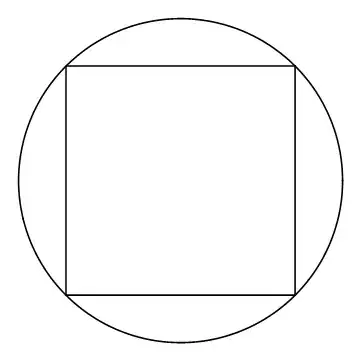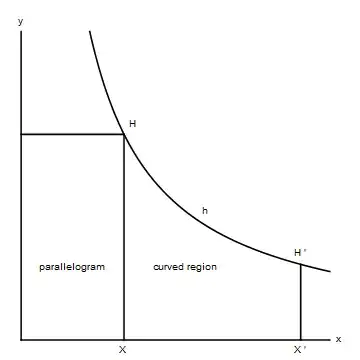This question is possibly a bit more philosophical $-$ compatible with the Christmas season, which is an appropriate moment to look at the world from a more universal angle... My last question with a similar flavor was a long time ago.
Some mathematical constants come in pairs with their reciprocal. One of the first examples that comes to mind is the golden ratio, sometimes defined as $\phi=\frac{\sqrt{5}+1}{2}$, sometimes as $\phi=\frac{\sqrt{5}-1}{2}$, with the role of both being perfectly ambivalent. This happens of course because, up to sign, $\phi$ and $1/\phi$ are Galois conjugates. Similarly for $i$ and $-i$ (and in fact any pair of conjugate complex numbers of norm $1$, with a special mention of the 3rd roots of unity), and one could argue that $\phi $ and $i$ and $e^{2\pi i/3}$ are essentially just the simplest non trivial cases of solutions to $x^2+px\pm1=0$.
But before you say "this is trivial, and after all, how should one even define a constant?", let me state that for $e$ and $e^{-1}$ the situation is very similar. While exponential growth is of course quite different from exponential decay, the same principle is at work in both. We may reduce this to a simple sign change in the defining formulae $\lim\limits_{n\to\infty}\left(1\pm\frac1n\right)^n$, or take just the sign change between $e^x$ and $e^{-x}$.
Is that already all there is to say about "ambivalent" constants?
On the other side, a striking example of a non ambivalent one is $\pi$, which is a period while $1/\pi$ probably isn't, likewise e.g. for $\ln2$.

